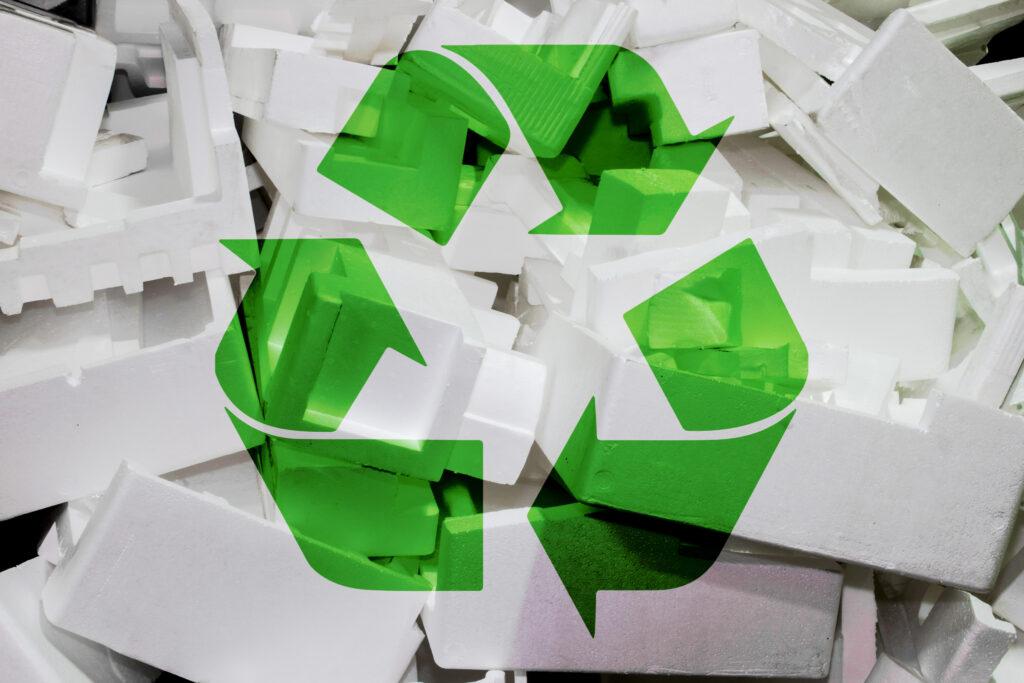Improving Workplace Safety for E-Waste Workers
April 28 is World Day for Safety and Health at Work. This international observance promotes safe working environments for all people on Earth, whether their jobs are formal or informal. Today, millions of people worldwide find themselves working with e-waste. And according to the Global E-Waste Monitor, over 80% of e-waste recycling is done informally.
Informal recyclers and reclaimers often work in unsafe conditions that increase their risk of workplace injuries and diseases. The good news is that this is preventable. With the right training, protective gear, and recycling tools, all e-waste jobs can be done safely.
Safety Considerations When Working with E-Waste
E-waste contains a complex mix of materials that can make it challenging and dangerous to recycle. It is classified as hazardous waste because of its damaging effects on the environment and human health. Improper handling of e-waste is dangerous for three main reasons:
- Metal exposure – metal makes up one of the largest portions of e-waste. Exposure to heavy metals like lead and mercury can cause poisoning and even long-term neurological damage. Other metals like lithium and beryllium can irritate the skin and hurt the lungs over time.
- Toxic fumes – melting e-waste is a common practice to get at the metals under the plastic layer. When plastic burns, it releases known carcinogens called dioxins. Regularly inhaling these fumes increases your risk of cancer and lung disease.
- Physical injuries – breaking e-waste apart can be physically challenging when you don’t have the right tools. Informal recyclers often use rocks or even their bare hands to dismantle old electronics, increasing their risk for wounds, sprains, and electric shock.
What PPE Should E-Waste Recyclers Wear?
Wearing personal protective equipment (PPE) while working with e-waste can significantly reduce your risk of injury. Anyone who handles e-waste at work – recyclers, dismantlers, waste pickers, and refurbishers – should be wearing some form of PPE.
- Gloves – nitrile gloves are crucial for all e-waste workers. They protect the hands from metal splinters while also providing enough flexibility for working with small components.
- Safety goggles – protect the eyes from shards of glass, metal and hard plastic that may fly during stubborn dismantling projects.
- Conti-suit – covers the entire body and protects workers’ clothes from grease and dirt while adding a layer of protection for the skin against chemical fumes in the air.
- Safety Boots – boots with a steel toe cap to protect feet from injury should one drop a heavy object. Anti slip soles to prevent slipping when walking and carrying heavy objects, and leather uppers to protect one’s feet from sharp objects on the floor of workshops.
- Mask – Full face masks with cartridge filters when working with anything that may produce toxic fumes and normal dust masks preventing inhalation of dust that potentially contains dangerous fumes. There are different masks for different operations.
- Hearing protection – covers the ears in loud environments where heavy machinery does the shredding or dismantling.
- Visibility vest – reduces the risk of traffic accidents for e-waste pickers working in urban areas. Also good for recycling plants where dangerous machinery is operating.
Continuous Training – the Final Piece of the Safety Puzzle
In 2022, researchers from the University of Johannesburg interviewed 229 waste pickers working in and around the city. Perhaps unsurprisingly, the study found that only 3% of respondents had ever received any training on how to work with e-waste safely. The remaining 97% were self-taught.
This data is a significant safety concern. Training not only helps waste pickers improve their dismantling techniques, but can help them avoid injury as well. It ensures that waste pickers know how to use wire cutters, hammers and screwdrivers safely and provides emergency protocols for when something goes wrong.
World Day for Safety and Health at Work is not only about PPE – it also promotes workplace training to increase safety awareness in dangerous jobs.
eWASA’s Work with Informal Waste Reclaimers
eWASA represents over 75 producers in the Electrical & Electronics industry. Our members are liable for EPR and as such, must integrate waste pickers into their collection and recycling schemes under the National Environmental Management: Waste Act. We facilitate this through various waste picker partnerships across the country.
Our goal is to empower waste pickers with better tools and safety gear to make their jobs easier. We provide these resources through local NGOs and through partnerships with seven of South Africa’s major municipalities. In Rustenberg, for example, waste pickers have access to a fully equipped e-waste recycling workshop at Waterval Landfill. Sebatleng – a local SMME – runs the workshop and receives ongoing business development and safety training.
Waste pickers who work with eWASA-affiliated buy-back centres also get weekly stipends for their time in addition to the money they make from recycling. These contributions come from our producer members and help support job creation and economic empowerment.
Be a Champion of Workplace Safety in the Waste Sector
World Day for Safety and Health at Work is about improving safety conditions in all occupations. It stresses the importance of feeling safe at your job – whether you work behind a desk or on a factory floor. The waste sector is home to hundreds of diverse jobs, many of which deal with hazardous materials and dangerous machinery every day. Help make the industry safer by contributing to one of our waste picker empowerment projects nationwide.
For more information or to offer up training, e-waste tools or PPE, please get in touch.
SOURCES:
- https://www.researchgate.net/publication/366596482_WASTE_PICKERS_AND_E-WASTE_A_CASE_STUDY_IN_THE_GREATER_JOHANNES-_BURG_AREA
- Global E-Waste Monitor


